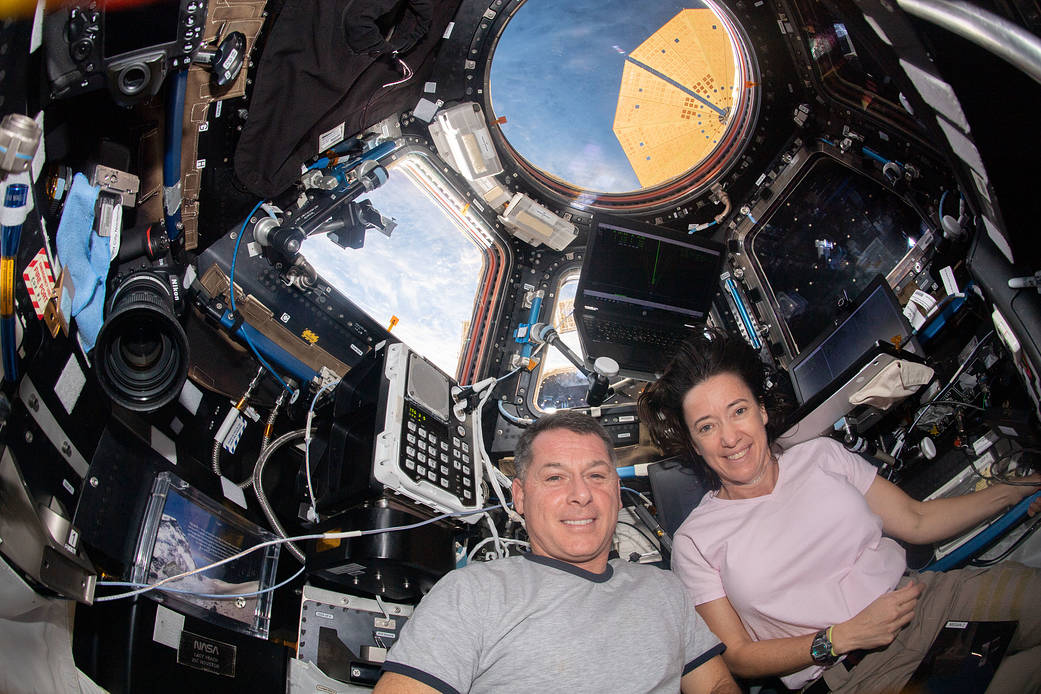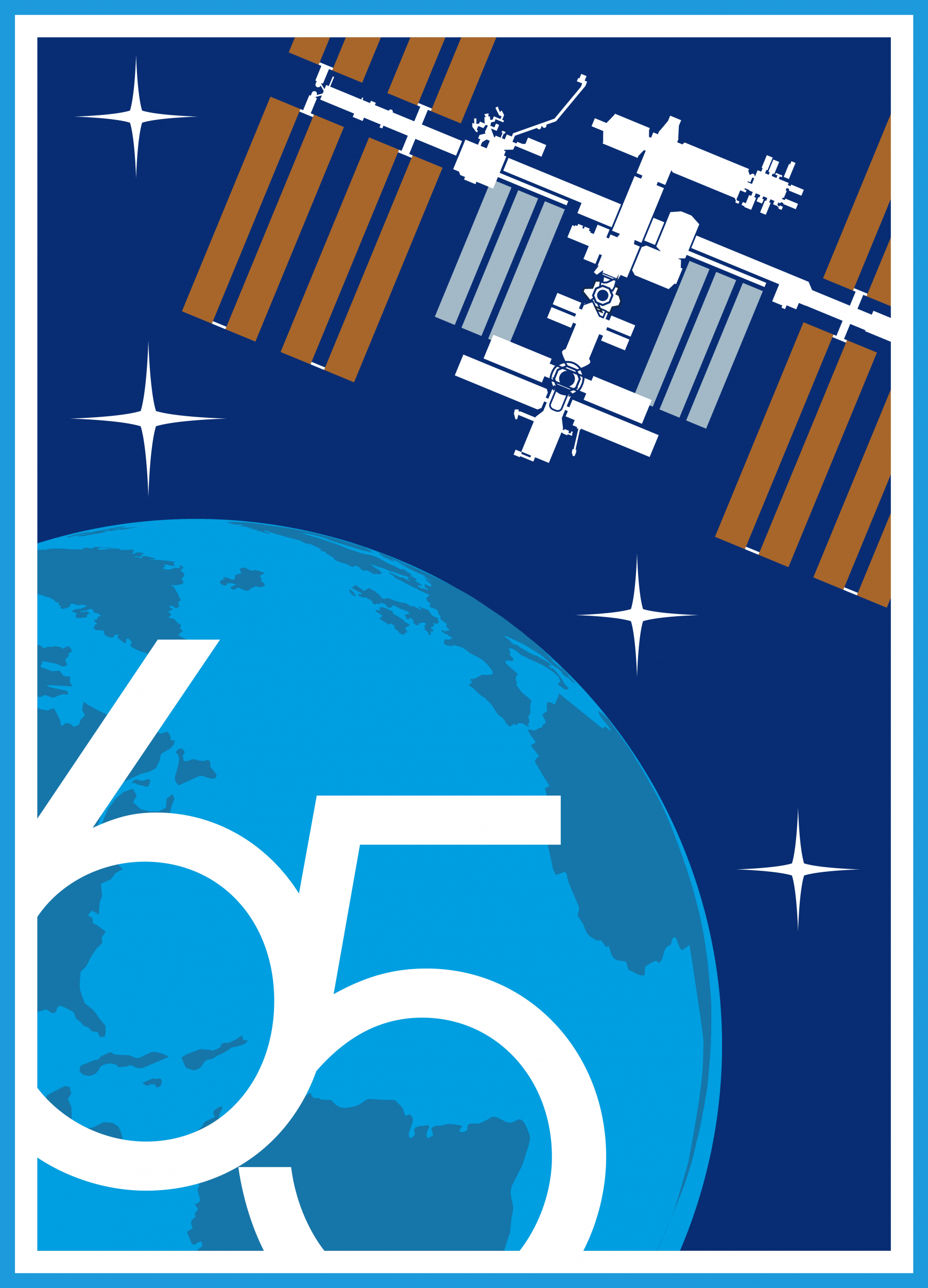See the International Space Station fly over North Carolina on Monday evening, July 12, 2021
July 9, 2021
By Amy Sayle
Space enthusiasts and aspiring astronauts have two big reasons to pay attention to the International Space Station on July 12:
1) That morning, astronauts—while they’re on the space station!—will answer questions from kids in North Carolina. This in-flight education downlink is scheduled for 11:40 a.m. Eastern time, Monday, July 12, 2021.
The questions have been prerecorded, and NASA astronauts Megan McArthur and Shane Kimbrough will answer them live. Dr. McArthur is an oceanographer from California who served as a Mission Specialist on the final space shuttle mission to the Hubble Space Telescope. Colonel Kimbrough served in the U.S. Army and was previously the Commander of the International Space Station for nearly six months.
Watch the downlink on NASA Television or at NASA Live or the Morehead website.

2) That same evening (Monday, July 12), the space station will fly over North Carolina, and you can see it!
Here’s what you need to know:
- Check your weather forecast. The space station orbits Earth every 90 minutes at an altitude of about 250 miles, which is way above any clouds. You’ll need reasonably clear skies.
- Check NASA’s Spot the Station website to get the details for your location. The entire eastern U.S. can see this particular pass of the space station if the weather cooperates.
For those watching from or near Chapel Hill, North Carolina:
Look for the space station to pass across the sky from southwest to northeast, over 7 minutes, from 10:15 to 10:22 p.m. (Monday, July 12, 2021)
Don’t sweat it if you don’t see it right away. The space station can be trickier to spot close to the horizon, when it appears to be less bright and to move more slowly—and might be blocked from view by a tree or building.
It’ll be much easier to notice closer to ~10:19 p.m., when it reaches its maximum height above the horizon (which will be roughly two-thirds of the way from the horizon to the top of the sky), in the southeast. At that point the space station will look about as bright as the planet Venus.
- All you need are your eyes. The space station is roughly the length of an American football field, and when it reflects sunlight to your eyes, it looks bright. You don’t need to go to a dark-sky location to see it. During the specified times for your location, just walk outside and look for a very bright “star” that is obviously moving.
You’ll probably be able to figure out that you’re seeing the International Space Station, but here are a few things NOT to mistake it for:
- An airplane. The space station will not have red, green, or flashing lights.
- A meteor. People do often tell us the space station moves across the sky faster than they were expecting, but it won’t appear to move nearly as fast as a meteor (“shooting star”), which streaks across the sky very quickly. The space station, by the way, is traveling at more than 17,000 miles per hour.
- Another satellite. There are lots of other things orbiting Earth that you can see with the unaided eye, including the new Chinese space station—but it’s not as bright as the ISS and it’s not making a visible pass at the same time on July 12.
Final tip: Take someone with you to watch for the International Space Station. It’s more fun, and the first person to spot the station can alert everyone else where to look. Remember to wave hello to the astronauts onboard!
To learn more about this orbiting microgravity laboratory that’s had a continuous human presence for the past 20 years, check out the STEM on Station website.

